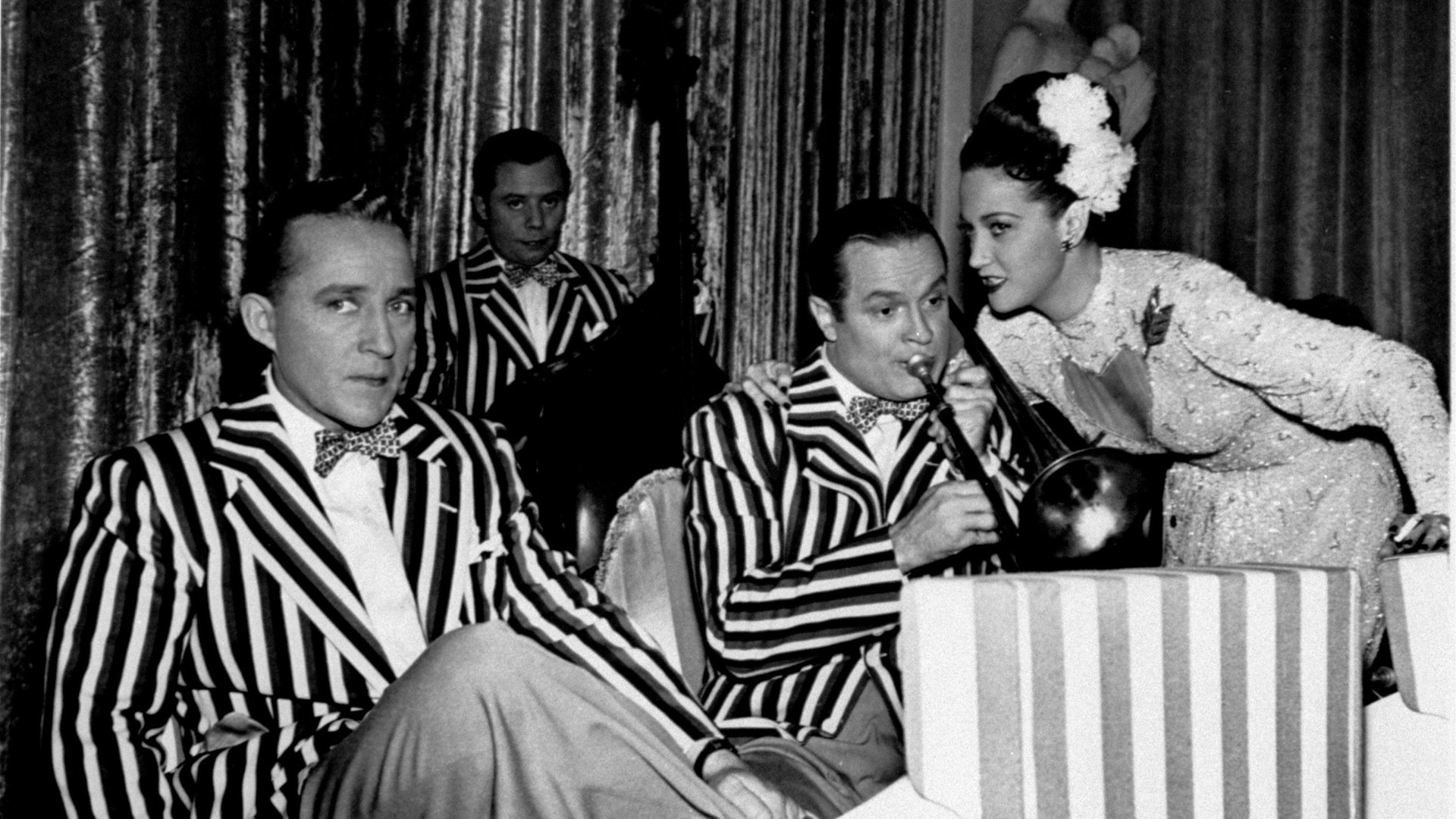The golden age of movies could spell doom for AT&T’s bid on Time Warner
Making entertainment and transmitting it to people electronically are quite different businesses. So why are people worried that a combination of AT&T and Time Warner could be anti-competitive? The answer lies in the golden age of Hollywood.


Making entertainment and transmitting it to people electronically are quite different businesses. So why are people worried that a combination of AT&T and Time Warner could be anti-competitive? The answer lies in the golden age of Hollywood.
The early days of the film industry were like the early days of most industries: Cut-throat, largely unsupervised and wildly lucrative. The earliest film producers came from theater backgrounds, and built their companies by ruthlessly leveraging their control of distribution—they owned screening rooms across the country—into control of the film industry itself.
If filmmakers, actors and writers didn’t do business with one of the “big five” studios, it was nearly impossible to get their work in front of audiences.
This level of vertical integration led the major studios to collaborate with each other to set prices, and engage in practices like scheduling their blockbusters so they wouldn’t be released at the same time. And, famously, the companies forced independent theaters to purchase “block buys” of content—in order to get, say, 1948 best picture “Gentleman’s Agreement” with Gregory Peck, they’d pay 20th Century Fox for some b-titles and newsreels, too, that might not otherwise be sold.
Consumers and independent producers pushed back against this cozy system, over a series of anti-trust actions under the Sherman Act. The battle eventually culminated in the 1948 case of US vs. Paramount Pictures, with the Supreme Court ruling that the major studios could no longer directly own theater chains.
This decision was the beginning of the end of studio control of Hollywood, leading to the rise of independent movies and the auteur directors of the 1970s.
What does this have to do with AT&T and Time Warner? AT&T is the national of chain of theaters, only in this case, it’s the internet and cable TV agreements with millions of customers. Time Warner produces content, from films to television, that are distributed on those pipes.
You can imagine that, just like Paramount Studios and its blockbusters, a combined AT&T and Time Warner could leverage access to properties like HBO to get higher prices out of dross like truTV when negotiating licensing deals with competitors.
Despite the perils of vertical integration, the media market looks very different today. There are more venues for distribution today than movie theaters. Most distributors of internet access in the US don’t own content companies, with the big exception of Comcast, which bought NBC Universal in 2011. To allow that deal, the government imposed a raft of rules (pdf)–which expire next year–that specifically prevented the new company from Golden Age of Hollywood style-hardball, including discriminating against competing content producers and new online distribution networks.
Nonetheless, the converging of media on the internet has given strength to critics’ fears: Another deal involving a telecom company snatching up a content property could lead to a race to re-create the old studios, with a handful of major companies controlling both the pipes and the content flowing through them. While the openness of the internet makes it feel like no one controls it, most Americans have access to only one provider of fixed-line broadband internet, according to the FCC.
That, along with rising anti-corporate sentiment, will have regulators looking skeptically at a tie-up like that proposed by AT&T and Time Warner. We can at least expect a similar set of rules to the Comcast-NBC link-up. Those rules would prevent most of the synergies that would add real value to a vertically-integrated content distribution company, and leave their partnership as something of a loveless marriage.
Winning approval of the merger would then be something of a pyrrhic victory for shareholders, or a bet that their new vertically-integrated company can outlast or outwit regulators skeptical that a highly concentrated age can be all that golden.